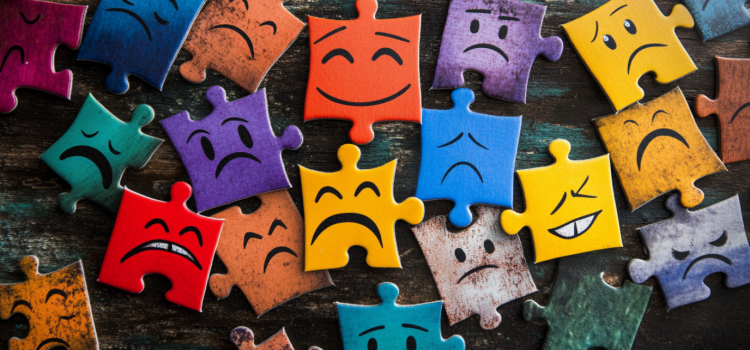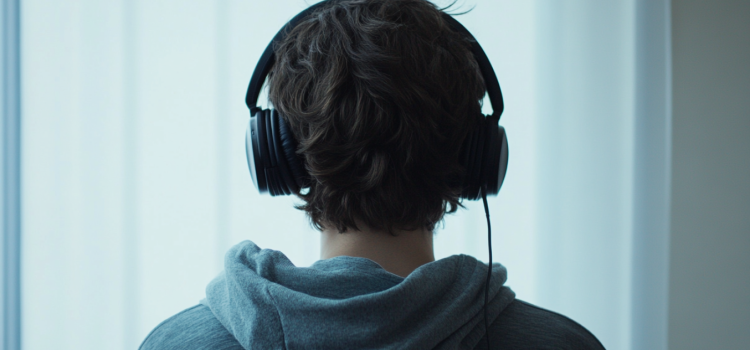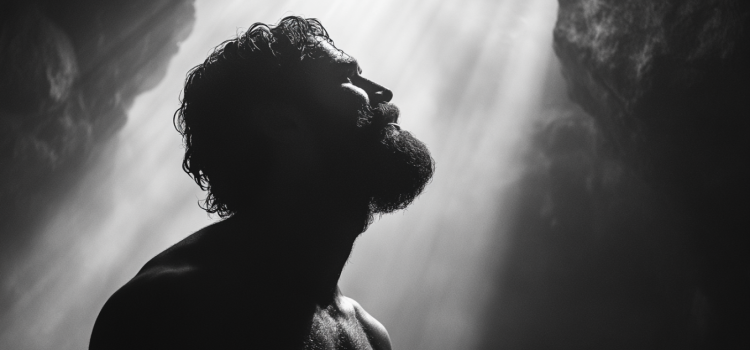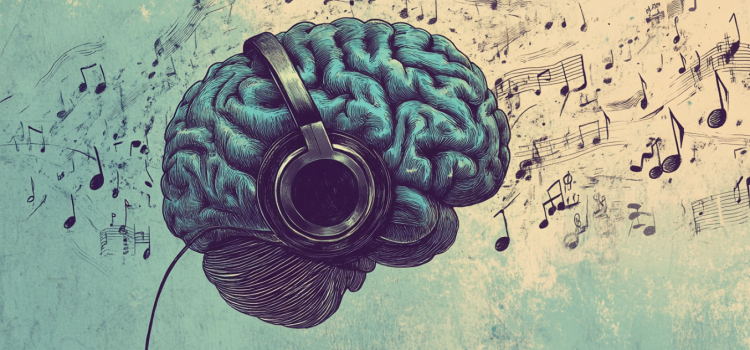How are perceptions formed? Is your brain really showing you the world as it actually exists? What happens in the gap between what your senses detect and what you consciously experience? In Subliminal, Leonard Mlodinow reveals how perceptions are formed through unconscious processes that fill in gaps and filter information. Your brain doesn’t simply record reality—it actively constructs it by making inferences, combining sensory data, and drawing on past experiences. Keep reading to discover why you’ve never noticed your own blind spots and how your expectations might be changing the taste of your chocolate.
How Perceptions Are Formed With the Unconscious Mind










